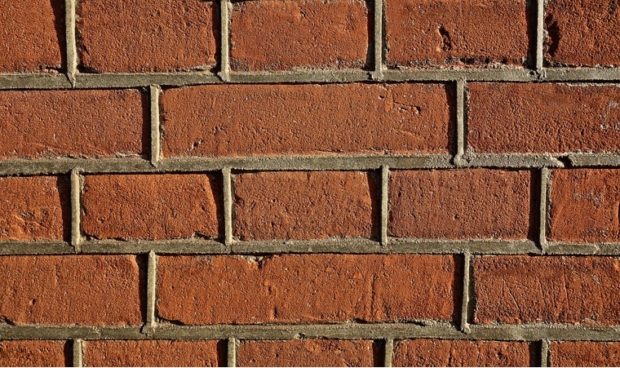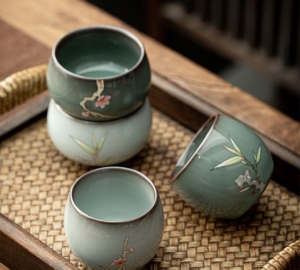Exposed brick and concrete, rusted pipes, and high ceilings – these have made a name as the industrial look. Popular for not being afraid to show the ‘naked’ side of the everyday space. However, while this is iconic, textured exterior walls have been around longer and have been adapted to different styles. Whether the walls are eggshell smooth or heavily textured like popcorn, they are all popular in old homes especially in the southern part of Europe. A cement render helps with the weatherproofing of buildings in areas that are prone to strong storms.

We can only imagine the amount of work people had to do back then to finish large buildings. Nowadays, we are more pressed for time with pressure to have top quality in the shortest amount of time possible. If the building is small, at the hands of someone who is experienced and healthy it might not take very long. However, it is unrealistic to expect a small building and ideal conditions. A rendering machine changes the game when it comes to getting the job finished in a rush. It manages to get the job done faster than any tradesman working at the fastest pace.
- The Traditional Way
The traditional way of cement rendering walls is to first prep the wall. It has to be properly brushed and washed. Then you make your render, a mixture of sand, cement, lime, mud brick, or stone. After you create the right consistency, add it to your hawk and begin to layer it with your trowel. Wait for the mixture to set and use a finishing trowel to smoothen the surface. This takes care of the excess that naturally occurs when you quickly layer the render on the wall. When the wall is dry you may brush on your preferred top coat. The artistry in the traditional way is seen in how the tradesman adds texture and finishes on the wall.
- The Modern Way
A rendering machine takes care of the mixture of water and cement render. It pumps it to an extendable hose which sprays it on to a wall. This instantly adds texture without the difficulty of bending down. Other benefits are that it is easier to gauge how much product you are putting on the wall and visually even it out. With the extendable hose, you can work on higher buildings with ease. The downside is that there is a machine to transport and maintain. While there have been advertisements about portable rendering machines, they won’t be as heavy-duty as the bulkier ones. And regardless of style, there needs to be more effort in keeping the machine clean because this might affect future projects.
Both ways have their own advantages and disadvantages. It all depends on the kind of jobs you take on.



